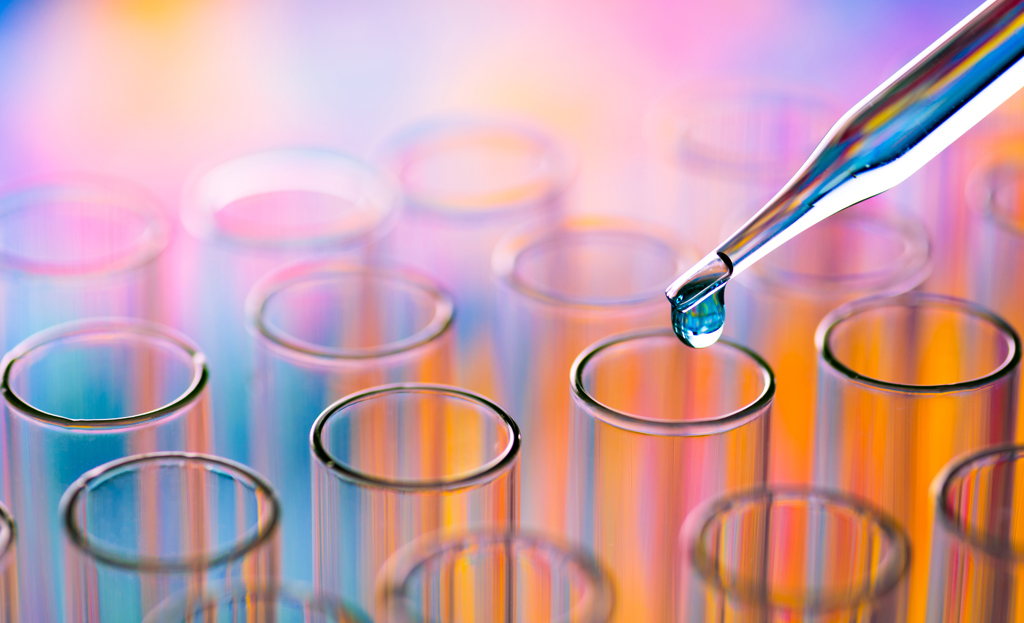
If you’ve tried every cleanser, serum, or spot treatment and your skin still isn’t cooperating, it might be time to look deeper—literally. Breakouts, redness, and even dullness are often surface-level signs of what’s happening inside your gut.
In this month’s Wellness Spotlight, we sat down with our in-house naturopathic doctor, Dr. Patrick Fox, to explore the science (and real-life applications) behind the gut-skin connection and why your digestive health might be the hidden culprit behind stubborn skin issues.
🧠 Q: How are gut health, hormones, and skin connected?
Dr. Fox: All systems in the body are interconnected. Around 80% of your immune system lives in your gut, and it plays a huge role in regulating inflammation. That inflammation (or lack of it) impacts your skin.
Your gut produces metabolites—like short-chain fatty acids (SCFAs), neurotransmitters, and activated vitamins—that travel through your bloodstream and affect tissues throughout the body, including your skin.
We regularly see links between poor gut health and:
- Acne (often tied to gut dysbiosis or IBS)
- Rosacea (linked to GI conditions like SIBO, Crohn’s, GERD, and H. pylori)
- Eczema (often from low SCFAs and gut barrier issues)
🔬 Q: What are signs your breakouts might be gut-related?
If you’re experiencing:
- Rashes
- Acne that doesn’t respond to topicals
- Dry, flaky patches
- Redness and sensitivity
- Changes in texture
…then your gut might be contributing. Especially if those skin changes go hand-in-hand with bloating, constipation, or irregular digestion.
🌿 Q: What role do hormones play in all this?
Hormones are deeply involved in skin health.
- Androgens (like testosterone) drive oil production and are strongly tied to acne.
- Estrogen and progesterone influence skin thickness, hydration, and texture.
- Cortisol, the stress hormone, can signal the skin to produce more oil and become inflamed.
Interestingly, your gut bacteria help regulate estrogen levels. There’s even a name for it: the estrobolome—a group of gut microbes that control whether estrogen stays active or is flushed out. If the estrobolome is off-balance, it can lead to hormone-related skin symptoms.
🛠️ Q: How do you help clients address gut issues to heal the skin?
I take a multi-pronged approach that often includes:
- Testing: GI mapping, blood panels, and OAT (Organic Acids Test) to assess inflammation, vitamin status, and microbiome imbalances.
- Diet shifts: Adding fiber, removing known triggers (often gluten, dairy, or alcohol), and improving nutrient density.
- Herbal antimicrobials to rebalance gut flora, followed by targeted pre- and postbiotic support.
- Lifestyle strategies: Managing stress, encouraging movement, and improving sleep.
“Think of your gut like a garden: it needs pruning, planting, watering, and care—not just weed-killer.”
💡 Q: Can skin treatments like lasers or microneedling still work if the gut is inflamed?
Yes—but results won’t be as sustainable.
Topical treatments and procedures do a lot, but for lasting results, you have to address internal triggers. It’s not an either/or—it’s both/and. Think of in-clinic treatments as the polish and gut health as the foundation.
🧴 Q: What are your top three gut-friendly skin glow tips?
- Track your food, skin, and mood for 7 days.
Look for patterns. This alone gives powerful insights into triggers. - Evaluate your medications and supplements.
Some can quietly disrupt gut function or hormone levels. - Develop a real stress management practice.
Chronic stress affects digestion, hormones, sleep—and ultimately, your skin.
💬 Final thoughts from Dr. Fox:
“The goal isn’t perfect skin. It’s healthy skin—skin that reflects a body in balance. When we work from the inside out, results aren’t just better—they last longer. And in the process, clients learn how to listen to their bodies in a way that transforms more than just their skin.”
🔗 Ready to connect the dots between your gut and your glow?
Book a consultation with Dr. Patrick Fox, ND, and start your path to skin health from the inside out.
Download Your Gut Skin Diary Tracker – Gut Skin Connection Diary.docx























